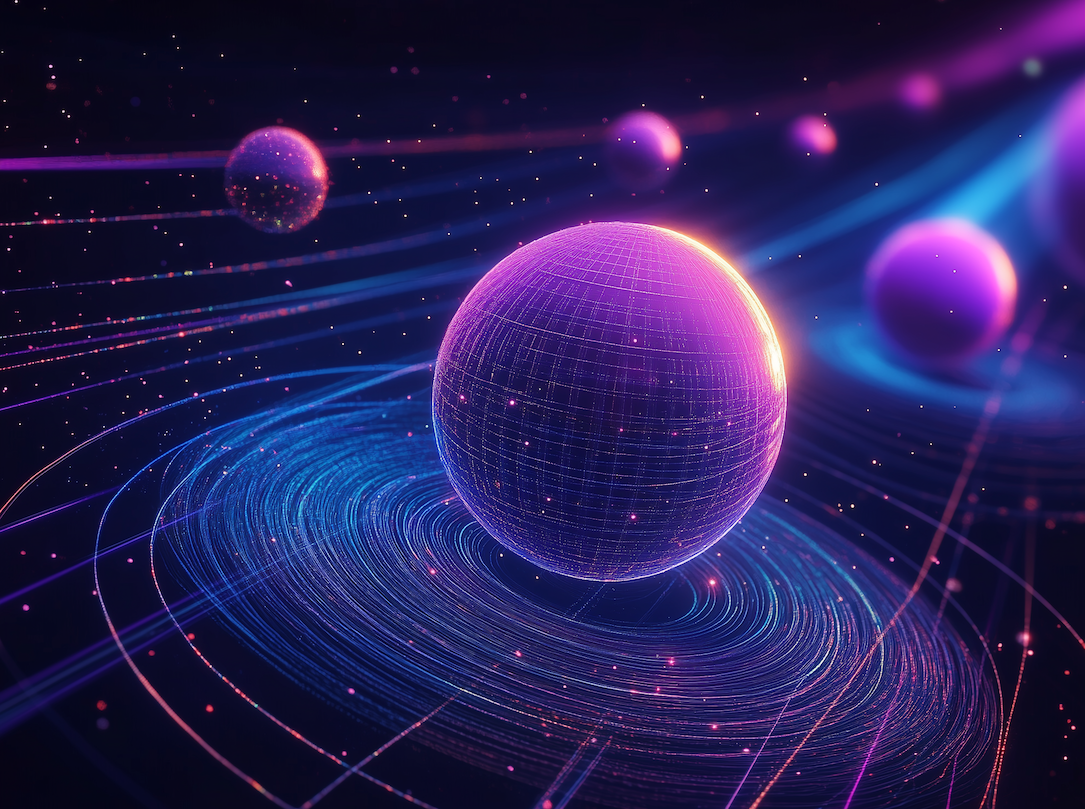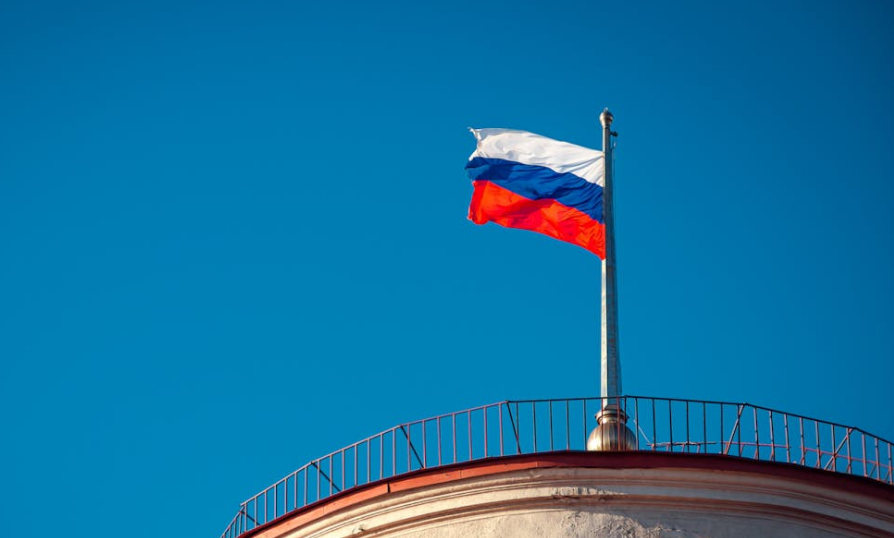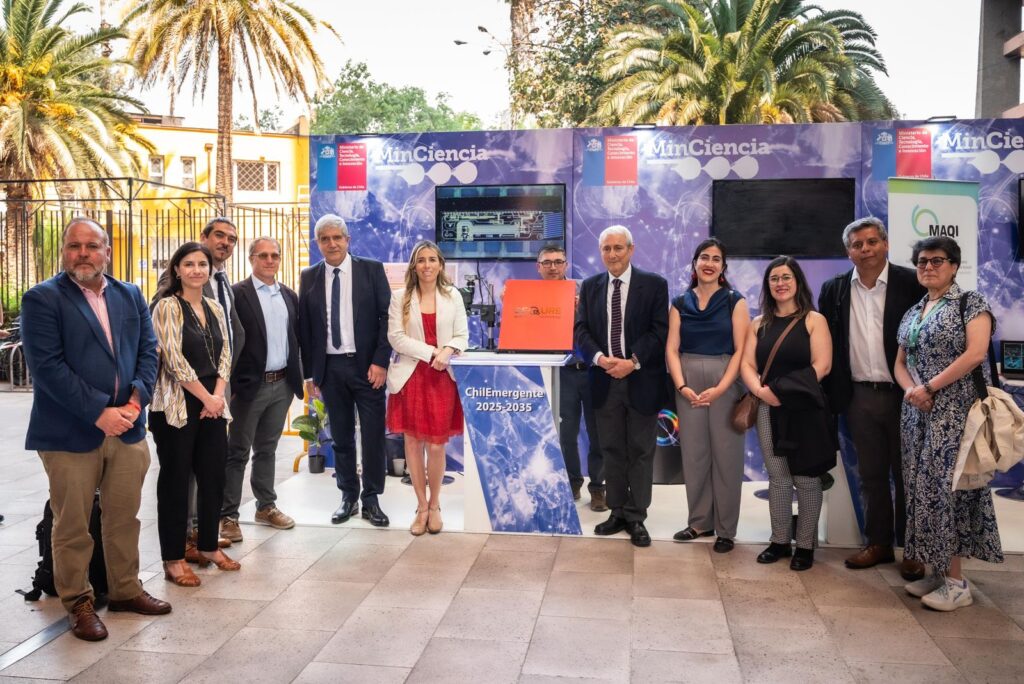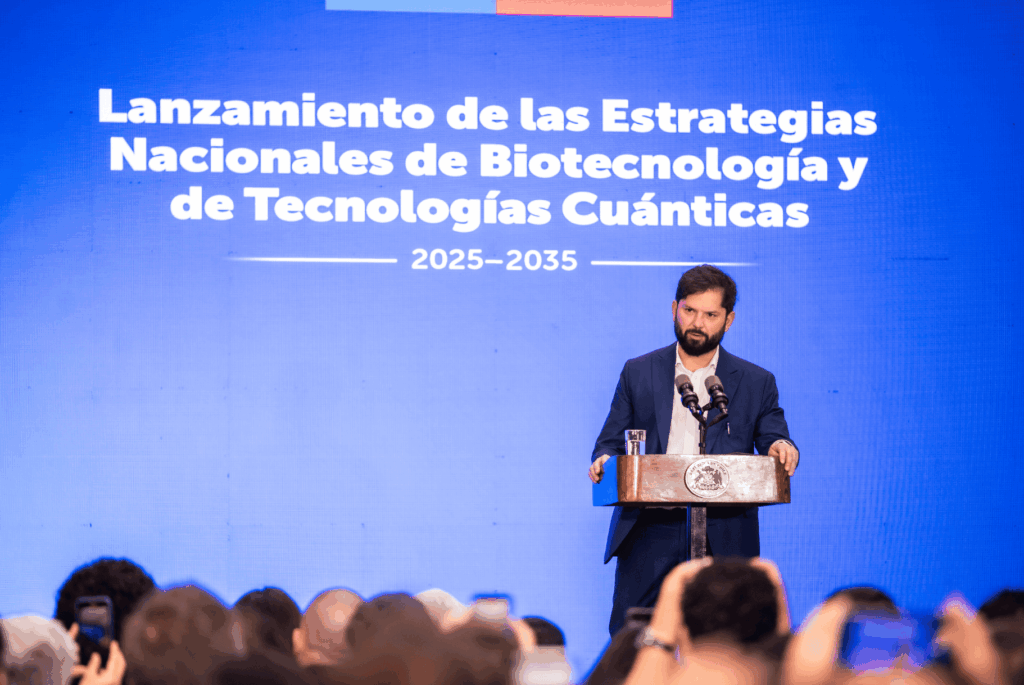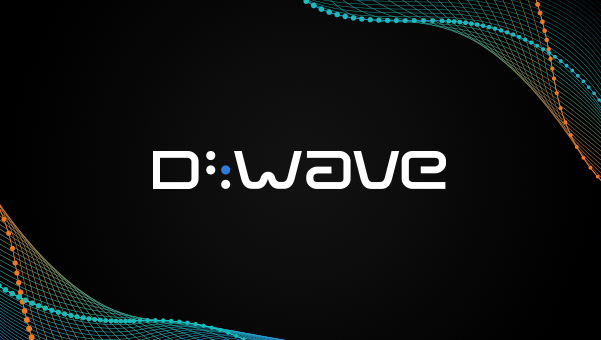Insider Brief:
- Researchers from UConn, Google Quantum AI, and NORDITA quantified the effects of gravitational redshift on transmon qubits, revealing how gravity subtly influences energy levels in quantum systems and creates a universal dephasing channel.
- The study modeled gravitational effects on vertically aligned qubit arrays, such as Google’s Sycamore chip, showing that while negligible for individual qubits, the impact becomes measurable at scale.
- The team developed a high-precision measurement protocol to detect gravitational phase shifts, presenting challenges for qubit coherence but also opportunities for advanced gravitational sensing applications.
- Current quantum hardware cannot experimentally detect these effects due to sensitivity limitations, but the research lays a theoretical foundation for future validation and innovations like GPS-free navigation systems.
The mention of gravity and quantum in the same sentence often elicits discomfort from theoretical physicists, yet the effects of gravity on quantum information systems cannot be ignored. In a recently announced collaboration between the University of Connecticut, Google Quantum AI, and the Nordic Institute for Theoretical Physics (NORDITA), researchers explored the interplay of these two domains, quantifying the nontrivial effects of gravity on transmon qubits. Their results, published in Physical Review A, explain how gravitation subtly but notably influences quantum computing hardware, with implications for both computation and sensing.
Gravity’s Quiet Tug on Qubits
Led by Alexander Balatsky of UConn’s Quantum Initiative, along with Google’s Pedram Roushan and NORDITA researchers Patrick Wong and Joris Schaltegger, the study focuses on the gravitational redshift. This phenomenon slightly detunes the energy levels of qubits based on their position in a gravitational field. While negligible for a single qubit, this effect becomes measurable when scaled.
While quantum computers can effectively be protected from electromagnetic radiation, barring any innovative antigravitic devices expansive enough to hold a quantum computer, quantum technology cannot at this point in time be shielded from the effects of gravity. The team demonstrated that gravitational interactions create a universal dephasing channel, disrupting the coherence required for quantum operations. However, these same interactions could also be used to develop highly sensitive gravitational sensors.

In a recent feature from UConn Today, Balatsky notes, “Our research reveals that the same finely tuned qubits engineered to process information can serve as precise sensors—so sensitive, in fact, that future quantum chips may double as practical gravity sensors. This approach is opening a new frontier in quantum technology.”
Methodology and Key Findings
To explore these effects, the researchers modeled the gravitational redshift’s impact on energy-level splitting in transmon qubits. Gravitational redshift, a phenomenon predicted by Einstein’s general theory of relativity, occurs when light or electromagnetic waves traveling away from a massive object lose energy and shift to longer wavelengths. This happens because gravity alters the flow of time, causing clocks closer to a massive object to tick more slowly than those farther away.
Historically, gravitational redshift has played a pivotal role in confirming general relativity and is critical to technologies like GPS, where precise timing accounts for gravitational differences between satellites and the Earth’s surface. In this study, the researchers applied the concept to transmon qubits, modeling how gravitational effects subtly shift their energy states depending on their height in a gravitational field.
Using computational simulations and theoretical models, the team was able to quantify these energy-level shifts. While the effects are negligible for individual qubits, they become significant when scaled to arrays of qubits positioned at varying heights on vertically aligned chips, such as Google’s Sycamore chip.
The researchers developed a protocol based on phase estimation to measure these shifts with high precision. By introducing controlled gravitational variations in their models, they observed dephasing effects that scaled with the size of the system and the number of qubits. This universal dephasing channel, caused by gravitational interactions, presents both a challenge for maintaining qubit coherence and a potential tool for developing highly sensitive gravitational sensors.
However, the study highlights several limitations. Current quantum hardware lacks the sensitivity to detect these effects experimentally, as the gravitational influence is small relative to other noise sources. Additionally, achieving the precision needed for gravitational sensing would require further advancements in qubit coherence times and error correction techniques. Despite these challenges, the theoretical framework established by the team provides a solid foundation for future experimental validation.
Implications for Quantum Technology
The implications of these findings go beyond theoretical interest. As quantum systems increase in scale and complexity, understanding gravitational effects will be relevant for effective error mitigation. Additionally, the ability to take advantage of these effects for sensing applications could impact fields such as navigation, where GPS-free systems might rely on quantum devices optimized for gravitational sensitivity.
The research introduces a measurement protocol to detect gravitational phase shifts with notable precision. By quantifying these shifts, the team introduces the concept of specialized qubit layouts designed to enhance sensitivity, enabling quantum sensors capable of detecting minute changes in local gravitational acceleration.
Fundamental Physics and Practical Applications
While gravity’s influence on quantum systems is often dismissed as negligible near Earth’s surface, this study demonstrates that such assumptions may be limiting our understanding of quantum hardware. The research unifies the abstract and the applied, showing that gravitational effects, once quantified, can be both a challenge and a tool for advancing quantum technologies. As quantum physicists and engineers continue to grapple with the dual realities of precision and fragility, this is a reminder that even the most fundamental forces of nature can become partners in innovation.
Contributing authors on the study include Alexander V. Balatsky, Pedram Roushan, Joris Schaltegger, and Patrick J. Wong.

